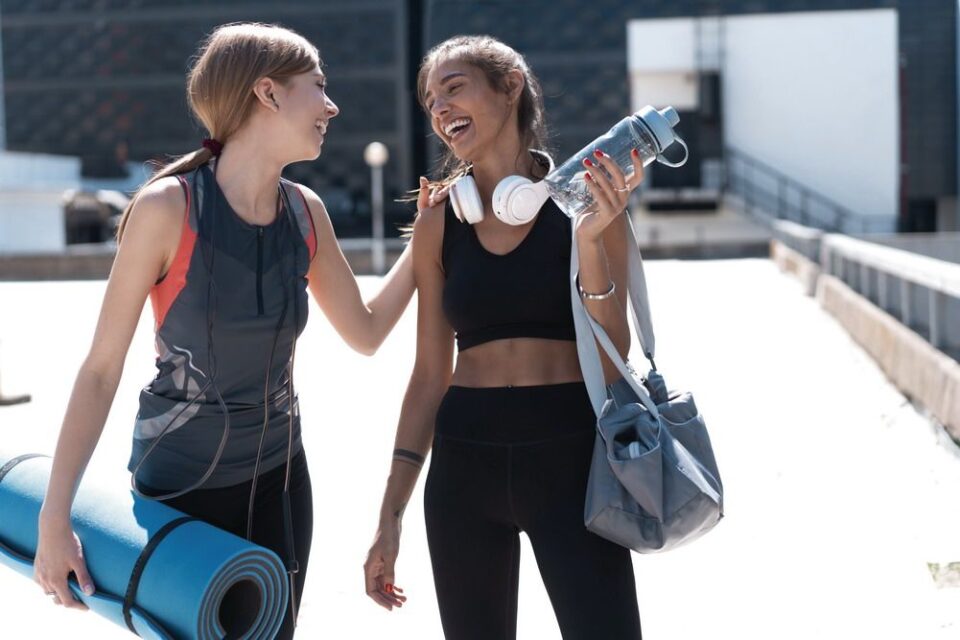The clothes you wear while exercising significantly impact your performance, comfort, and safety. Workout clothes have evolved significantly from the old-school sweats and tees, but choosing the right gear is still important. Proper athletic gear not only supports your body during exercise but also helps to improve your training, prevent injuries, and maximize results.
Key Points:
- Proper shoes are foundational for performance and injury prevention.
- Body-mapping athletic wear enhances circulation and endurance.
- Layering with breathable and thermal fabrics prepares you for any climate.
- Reflective clothing and accessories are crucial for low-light workouts.
- Avoid cotton and go for sweat-wicking, odor-resistant fabrics.
- Smart gear choices increase your motivation and results over time.
Footwear Sets the Foundation
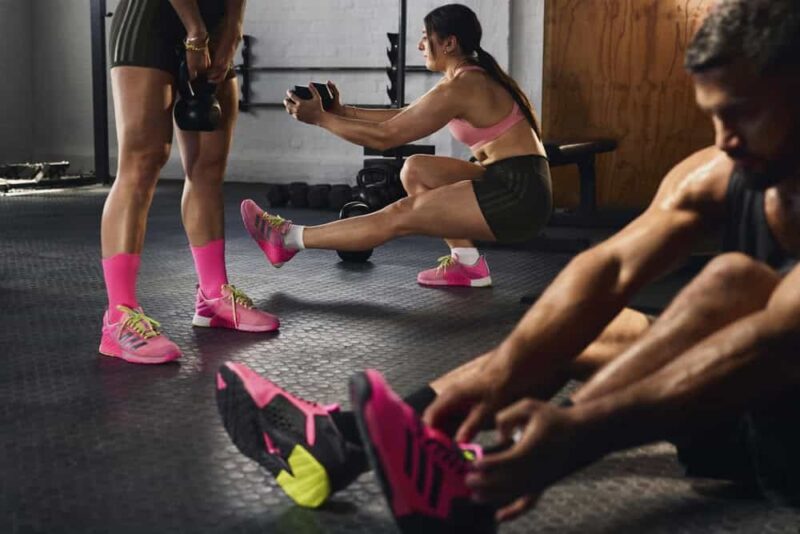
Improving your fitness begins with the basics. When deciding on athletic shoes, women’s sneakers from a brand like Journee and built specifically to support female bodies offer an anatomical advantage.
Prioritize proper fit and functions that align with your workout types. Lightweight runners excel for cardio, while flexible cross-trainers handle a variety of gym moves.
Look for breathable meshes that increase airflow and reduce odor. Cushioning and stability technologies lessen impact to joints and keep you powered through demanding regimens. Proper footwear provides a performance edge and protects against injury so you can crush your goals.
Body-Mapping Moves with You
Innovations in athletic wear move beyond standard sweat-wicking fabrics to flexible textiles actually engineered to map your body in motion. Compression zones target overworked areas like inner thighs and calves to improve circulation and accelerate muscle recovery.
Seamlessly knitted fabrication stretches four ways to mirror and support natural movement. Strategic ventilation zones cool you down as body heat ratchets up.
Athletic staples like leggings, tops, and shorts featuring body-mapping technology boost power and stamina for tangible improvements during and after training.
Layering for Any Climate
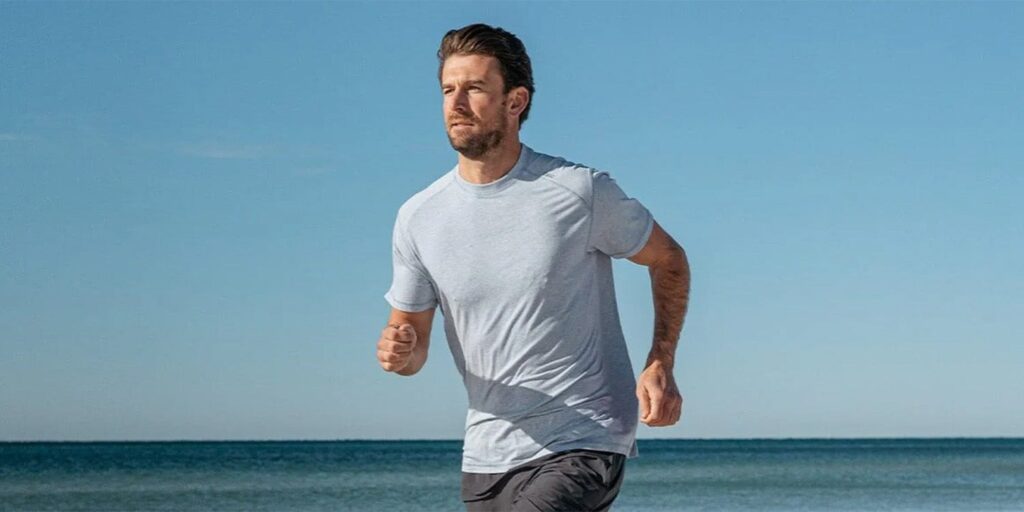
The increased breathability and fast-drying capabilities of tech fabrics make layering possible in any climate.
Synthetic moisture-wicking base layers:
- Designed to pull sweat away from the skin and spread it across the surface of the fabric.
- This accelerates evaporation, helping you stay dry even during intense heat or high-humidity workouts.
- Common materials include polyester, nylon, and performance blends often found in compression gear.
Merino wool for natural temperature regulation:
- Excellent for cold climates because it traps heat while still allowing your skin to breathe.
- Unlike traditional wool, merino is soft, non-itchy, and naturally resists odors.
- Regulates body temperature by warming you when it’s cold and cooling slightly when it’s warm.
Soft mid-layers for added insulation and comfort:
- Often made of fleece or brushed fabrics that trap body heat.
- Serve as the insulating barrier between your base and outer layers.
- Ideal for layering without bulk, allowing freedom of movement during outdoor activities.
Reflective outer layers for visibility and protection:
- Include jackets or vests with reflective piping, prints, or panels.
- Essential for safety during early morning runs, late-night cycling, or low-light hikes.
- Some outer layers also offer windproof or water-resistant properties for unpredictable weather.
Having the ability to fine-tune what you wear keeps you training comfortably regardless of weather or workout location.
Visible After Dark
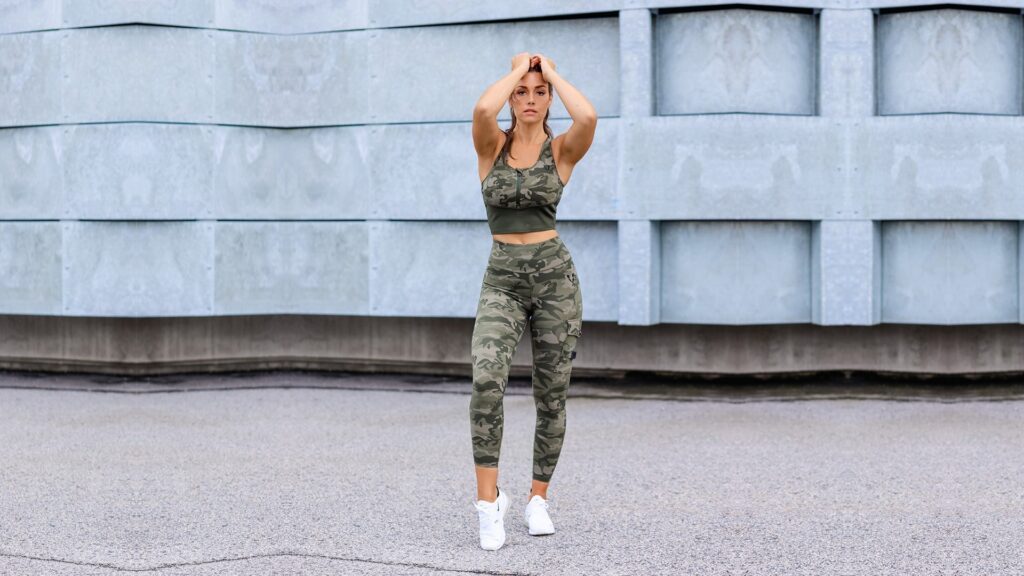
Early morning or nighttime workouts require special considerations beyond sun protection. Look for workout wear with built-in reflective detailing to standout in low light.
Reflective piping, prints, and logos shine brightly when headlights hit them. For serious night runs, go for a vest with LED lights that clearly mark your path and presence from all angles.
While light colors already boost visibility, reflective accents provide an additional level of safety so you can work out whenever you want.
Mind the Fabric
What your activewear is made from directly affects its performance and your workout experience. Avoid basic cotton which absorbs and holds onto sweat, drying slowly and adding unwanted weight over the course of a workout.
Instead, look to technical fabrics using specialty wicking fibers or sustainable options like bamboo rayon for better moisture management.
Antimicrobial silvers embedded into fabric prevent the growth of odor-causing bacteria. UV-protective fabrics guard against sun exposure. Considering the tech behind the textile pays off big via enhanced performance.
Choose the Right Fit for Your Workout Type
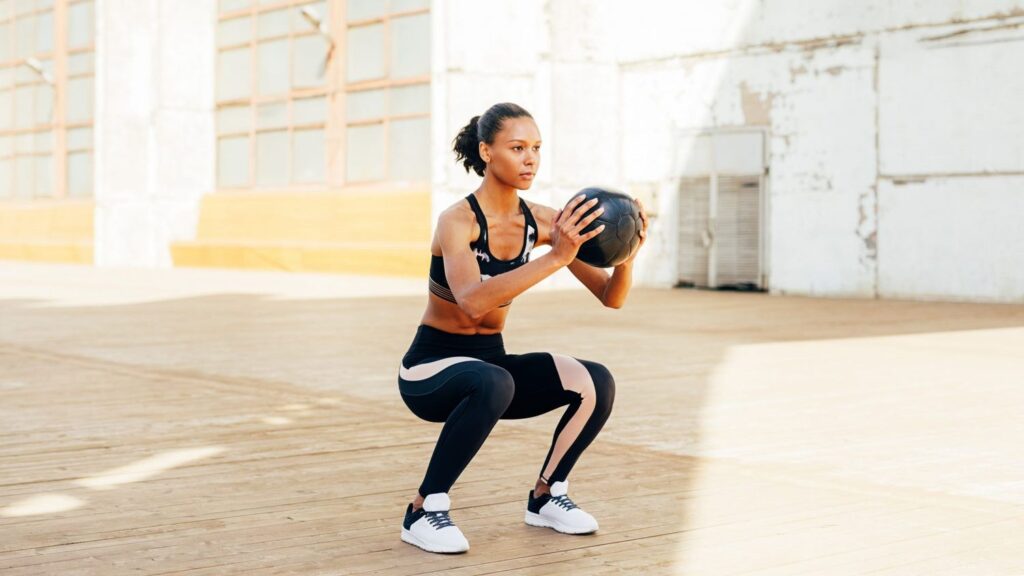
Every fitness activity places unique demands on your clothing. Choosing the wrong fit or cut can restrict movement, irritate your skin, or limit performance. Tailoring your gear to your routine isn’t just about comfort — it’s about efficiency.
Examples:
| Workout Type | Ideal Clothing Style |
| Yoga/Pilates | High-waisted leggings, fitted tops |
| HIIT/Crossfit | Compression shorts, moisture-wicking tanks |
| Running | Light tank tops, breathable shorts |
| Weight Training | Muscle tees, squat-proof leggings |
| Cycling | Padded shorts, tight-fit tops |
Fit that hugs but doesn’t suffocate allows for dynamic motion. Avoid oversized clothing that can snag on equipment or shift distractingly during reps. Well-fitted gear moves with your body, not against it.
Smart Shopping Tips for Workout Clothes
Here are four practical tips to get more value, longevity, and performance out of your activewear:
- Invest in Key Staples First
Prioritize one good sports bra, quality sneakers, and at least two pairs of high-performing leggings or shorts. - Test for Transparency
When buying bottoms, check for “squat-proof” fabrics. Bend or stretch in front of natural light if you can. - Look for Flat Seams
Flatlock seams prevent chafing — critical for longer or repetitive workouts like running or cycling. - Try Before You Commit
Always test comfort and movement range in-store or at home (with tags on). Returns should be hassle-free.
With the right knowledge, you can shop smarter and avoid a closet full of underperforming gear.
Wash & Care Essentials for Longevity
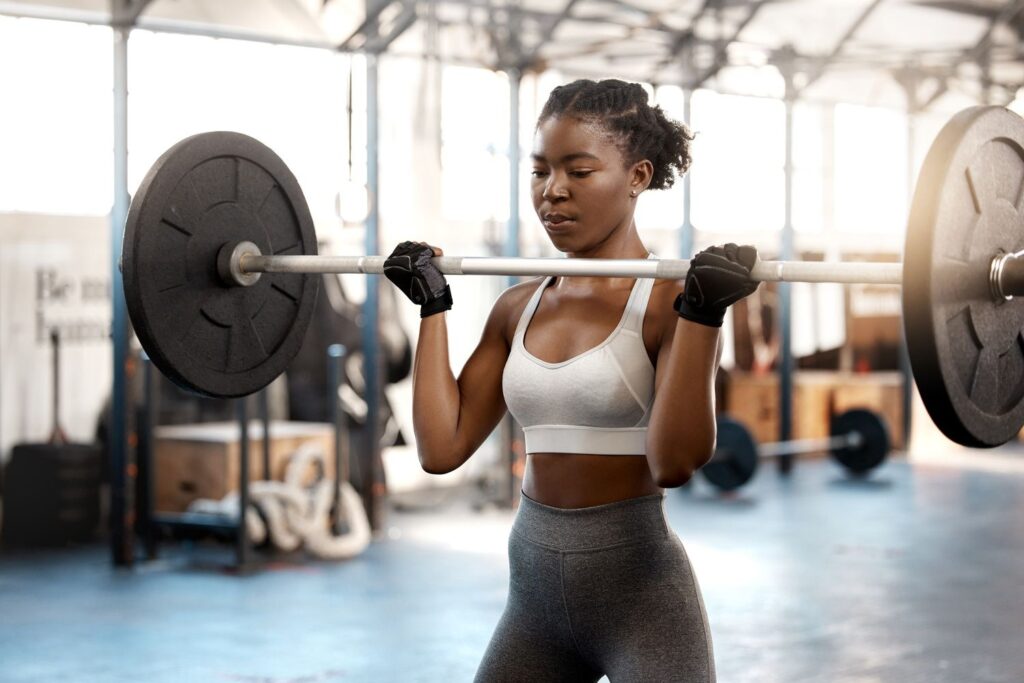
Quality workout wear is an investment — and like all gear, it performs better when treated well. Sweat, bacteria, and friction wear down fabrics quickly if they’re not maintained.
- Wash in cold water to preserve elasticity and color.
- Avoid fabric softeners — they reduce sweat-wicking performance.
- Turn clothes inside out to protect prints and seams.
- Air dry when possible to prevent heat damage.
- Wash after every wear, especially high-sweat pieces.
Taking just a few minutes post-workout to clean and care for your gear ensures it stays high-performing and hygienic for the long run.
Conclusion
Never underestimate how much the right workout clothes can give you that extra boost of confidence and motivation to help you perform at your peak. Taking the time to ensure clothing properly supports your body, stands up to your chosen activity, and protects you from elements makes training more beneficial and enjoyable.
It’s not about being flashy or following trends — it’s about wearing clothing that helps you move freely, feel energized, and stay safe while doing what you love. When the clothes you wear are as high-performing and effective as your own hard work, success will naturally and inevitably follow.
FAQ
- Can I just wear regular clothes instead of workout gear?
Technically yes, but regular clothes trap sweat, chafe skin, and limit your movement — proper gear is engineered to avoid those issues. - Do I really need separate shoes for each workout type?
Not necessarily, but if you’re serious about performance and joint protection, choosing activity-specific shoes is a smart investment. - Are expensive workout clothes worth it?
Higher prices often reflect better materials, more durability, and advanced tech. However, you can still find quality gear at mid-range prices if you shop smart. - How often should I replace workout shoes?
About every 300–500 miles for runners or every 6–12 months if used regularly — signs like worn soles or uneven support signal it’s time. - What’s the best fabric for people who sweat a lot?
Look for polyester blends with moisture-wicking properties and antimicrobial treatment. Avoid cotton at all costs if you sweat heavily.

